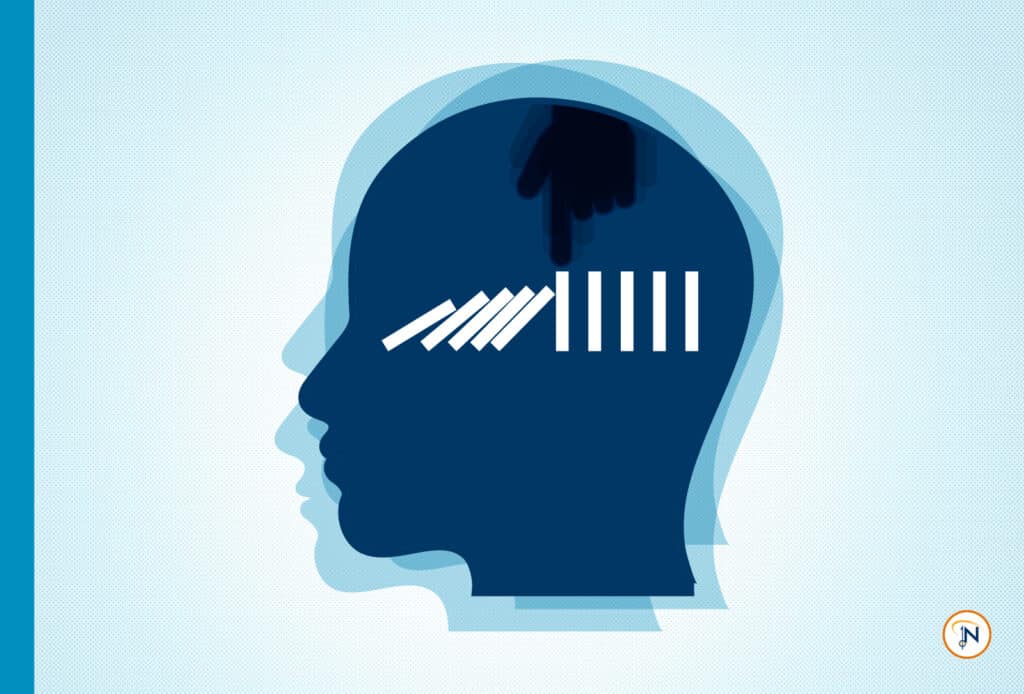Sixty-four percent of jail inmates are mentally ill, and 68% have substance abuse disorders.1 Meanwhile, in some states, only about 25% of corrections professionals in jails are trained in crisis intervention.2
The result? Inmates aren’t getting the treatment they need, safety of everyone at the jail is at risk, and the mental health crisis in jails continues.
Training a Crisis Intervention Team (CIT) in your jail can lower the risk of recidivism in your community, lessen the cost of mental health care in your facility, and keep both your team and your wards safer. CITs are trained to help people with mental illness and/or substance abuse disorders get the treatment they need by working in-the-moment with de-escalation strategies and long-term by connecting people to treatment and resources.
De-escalation tactics not only help diffuse situations that could get out of control quickly, they also bring inmates’ needs to the forefront, with officers communicating, connecting, and empathizing rather than using force. When inmates’ needs are being met, they tend to be more compliant, which creates a safer environment for all involved.
CIT teams also work on a larger scale to reduce recidivism by connecting people with both medical treatment and resources that will help them get on track and ready for release. Some of these programs include the Stepping Up initiative, a multi-agency effort designed to reduce the number of people in jail who have mental illnesses. Others are local re-entry programs, like the Sheriff’s Transitional Assistance Reentry Team (S.T.A.R.T) in San Bernardino County, California.
CIT training for a corrections professional may be similar to the training law enforcement officers would undergo, but with one important difference: Corrections officers have a greater ability to build relationships and rapport with the people they’re seeking to help. In many cases, we’re seeing the same inmates every day, and getting to know inmates better can help CITs get the right interventions and treatments in place.
With the skills to help inmates both short-term and long-term, CIT teams have the ability to start breaking the cycle of incarceration in their communities. The first step is training. With budgetary concerns and timing concerns, the training piece isn’t easy. Some agencies are getting creative with how they can get it done, including making CIT training part of their new officer training academy.
The most effective CITs are backed by technology that helps them manage their facility, doing everything from using classification tools to inform housing decisions and using data and analytics to identify potential problem areas.
We can help. Whether you already have a CIT in place, or you’re just launching your program and want the right technology in place from the start, give us a call. Let us help you reduce recidivism in your community and keep everyone in your facility safer.
1 How one agency is decriminalizing mental illness, saving money and bettering lives
2 Unarmed and outnumbered, Minn. COs use crisis intervention to defuse






